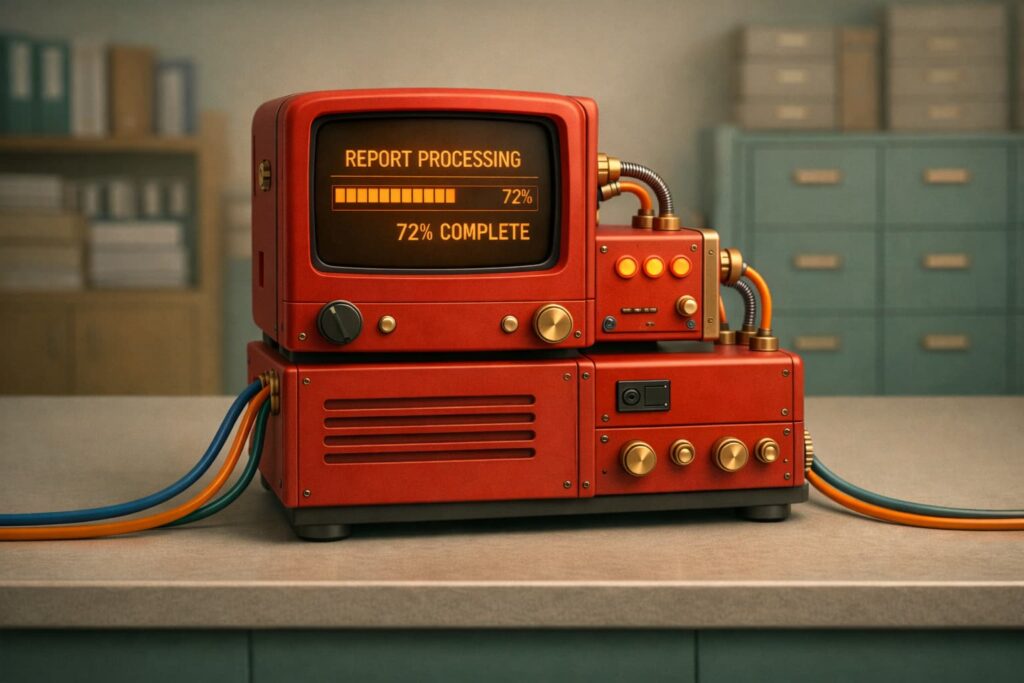This post is part of a series based on discussions with senior leaders in insurance, including Arno de Wever, Head of Commercial P&C Insurance at Amazon Web Services (AWS). Drawing on his experience with COOs and underwriting leaders across the London Market and beyond, we explore why risk scoring has become a key focus for insurers — and why AI risk scoring is the next proven step after document automation.
Inconsistent risk decisions cost millions
Most commercial insurers still rely on underwriters making judgment calls with incomplete data. The result? Inconsistent decisions, slower turnaround, and missed opportunities that directly hit the bottom line.
For COOs, this inconsistency in risk scoring isn’t just a workflow issue. It drives up expense ratios and slows down operations. When risks are evaluated differently by different teams, weak risks slip through while good ones get missed. That creates portfolio drag, drives up payouts, and frustrates brokers waiting for answers. In a market that is softening and where premiums are under pressure, even small gains in consistency and speed can make the difference between profitable growth and lost ground.
Manual underwriting is slowing growth
Today, too many underwriting teams are bogged down by manual processes. Submissions arrive by email with dozens of attachments, sometimes hundreds of pages long, and underwriters are forced to sift through them line by line. This process doesn’t scale. Hours are wasted simply checking whether the submission fits the company’s appetite.
The result is inconsistent outcomes. One underwriter may reject a risk outright while another accepts it under slightly different terms, even though both are looking at the same type of business. Such variation creates compliance headaches and introduces unnecessary risk to the portfolio.
At the same time, insurers face a capacity crunch. With many senior underwriters nearing retirement, firms cannot simply add headcount to solve the problem. Valuable submissions often go untouched, not because they aren’t worth writing, but because no one has time to look at them.
AI risk scoring: consistent, explainable, and fast
This is where AI-driven risk scoring delivers a step change. Modern systems can ingest submissions in any format — PDFs, Excel sheets, emails — and extract the relevant data automatically. Instead of waiting hours or days for an initial review, a submission can be processed in minutes.
The AI risk scoring system then checks the submission against underwriting guidelines. If a risk falls outside appetite, the AI flags it immediately. If it looks promising, the system enriches the file with external data (such as credit ratings or industry benchmarks) and produces a traffic-light style score — green, amber, or red — with a clear explanation of why.
This isn’t just automation for the sake of speed. The AI also generates a draft underwriting memo, pulling together the client details, the score, and a recommended next step. Underwriters no longer need to spend hours compiling these from scratch; instead, they review, adjust, and make the decision. Far from replacing underwriters, AI amplifies their impact. They can finally see every submission, not just a fraction, and spend their expertise where it counts.
Read article: Underwriting Automation Beyond IDP: How Multi-Agent Workflows Cut Costs and Speed Up
How AI risk scoring helps COOs cut costs and expand capacity
The business case of AI risk scoring is clear. Submissions that once sat in an inbox for days can now be triaged and scored in minutes, giving brokers quicker answers and insurers a stronger competitive edge. Every submission is checked against the same rules, reducing human variability and ensuring consistency. With audit trails in place, boards and compliance teams can see exactly how decisions were made.
By removing the drudgery of document review and memo writing, underwriters can handle significantly more submissions without burning out or expanding headcount. And by making better risk selections, insurers improve their loss ratios while keeping expense ratios under control — measurable wins that directly improve profitability.
One London Market insurer reported that after automating core workflows, they were able to reduce their minimum premium threshold by a third. This allowed them to profitably insure smaller risks that had previously been out of reach — effectively expanding their market while strengthening the portfolio.
Addressing concerns about AI in underwriting
Some worry that AI will de-skill underwriters or provoke resistance from workers’ councils. The reality is the opposite. By removing repetitive administrative tasks, underwriters can concentrate on judgment and negotiation — the skills that truly add value. And because AI creates transparent audit trails, compliance teams have stronger oversight than before. Far from being a threat, risk scoring with AI is a governance upgrade.
AI risk scoring: the next proven step after document automation
Risk scoring is the obvious next step after document automation. For COOs, it’s not an experiment but a proven way to cut costs, expand capacity, and improve decisions today. The technology is already here, it’s already working in production, and the gains are measurable.
Want to see this in action? Download our COO guide on Operational Excellence Through Proven AI or book a free consultation meeting !I
Take the next step
Discover solutions, customer success stories, and events on our dedicated Insurance page.


